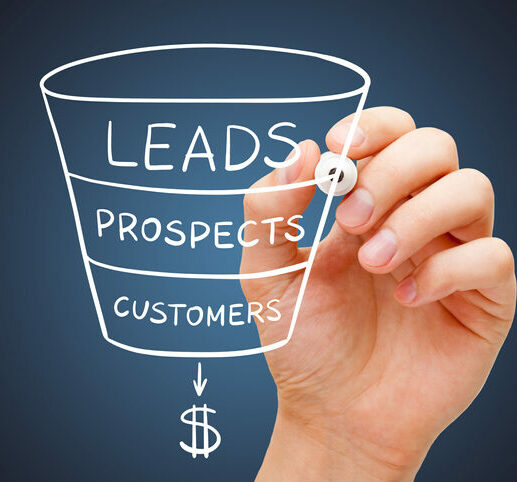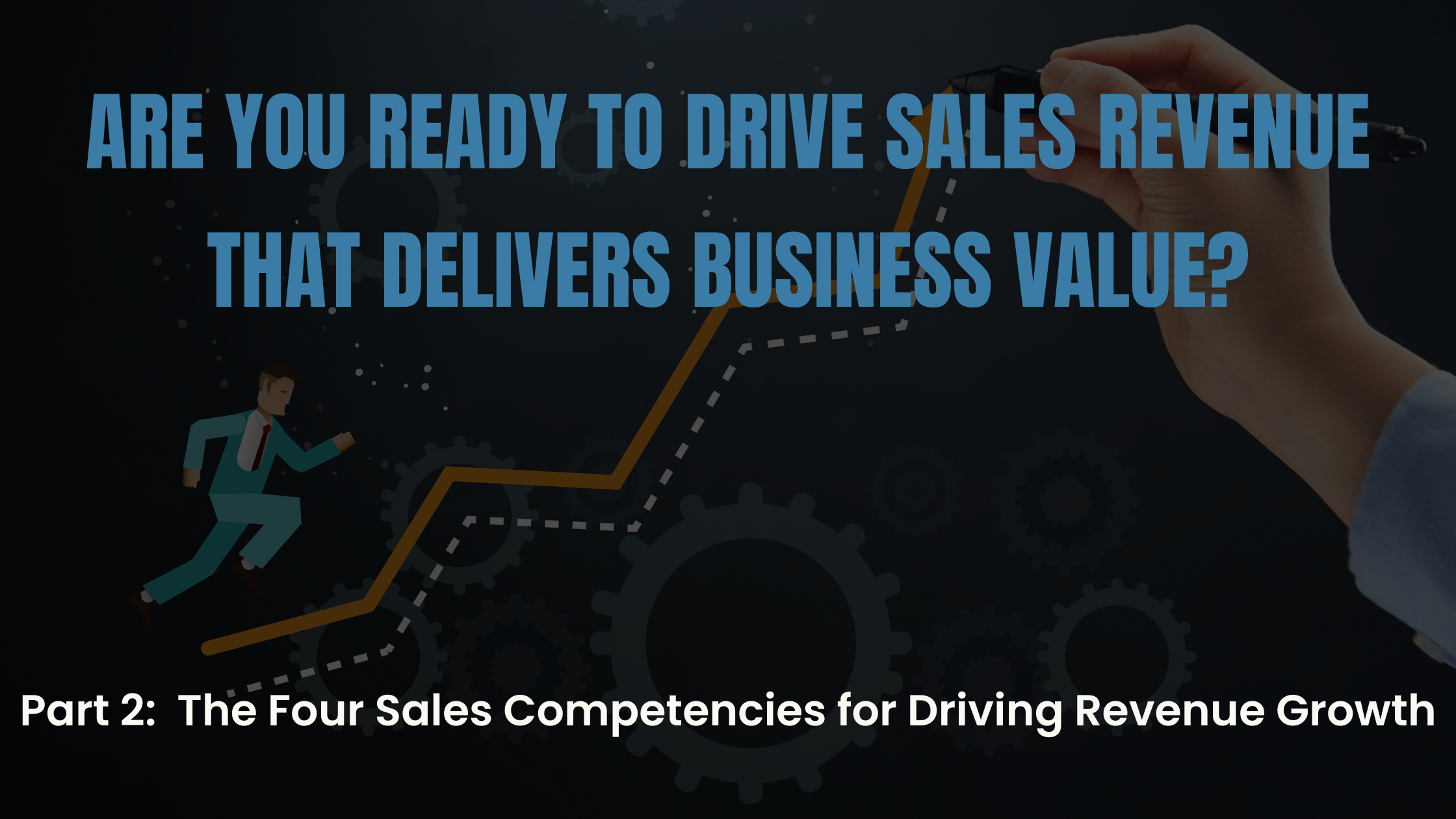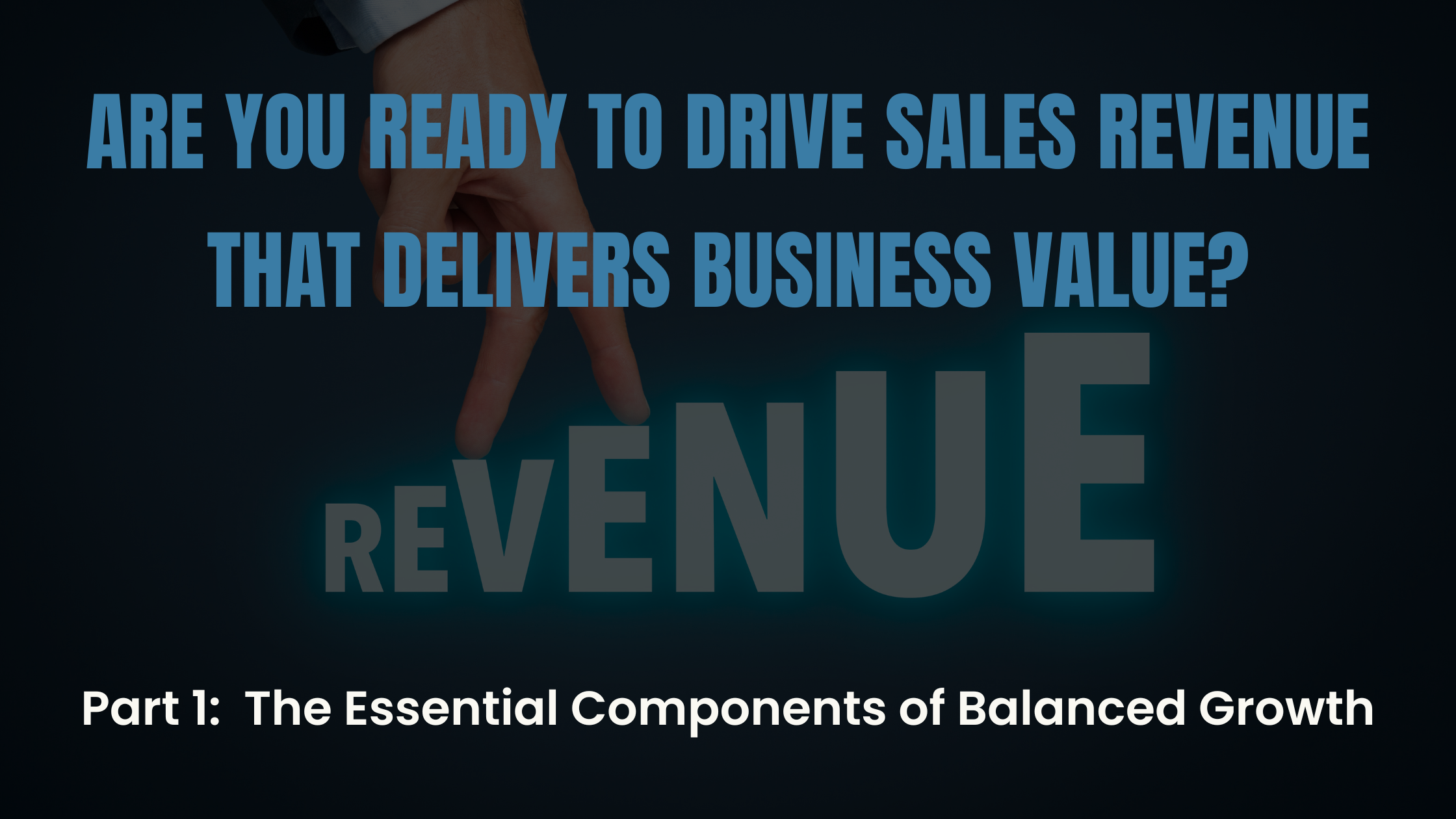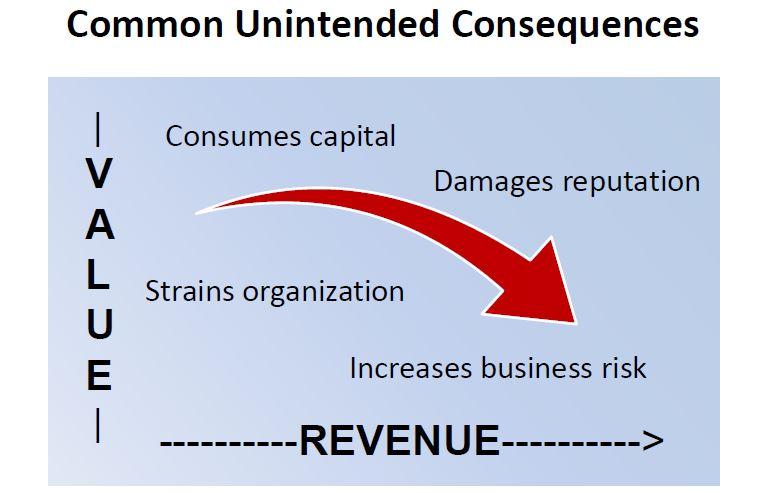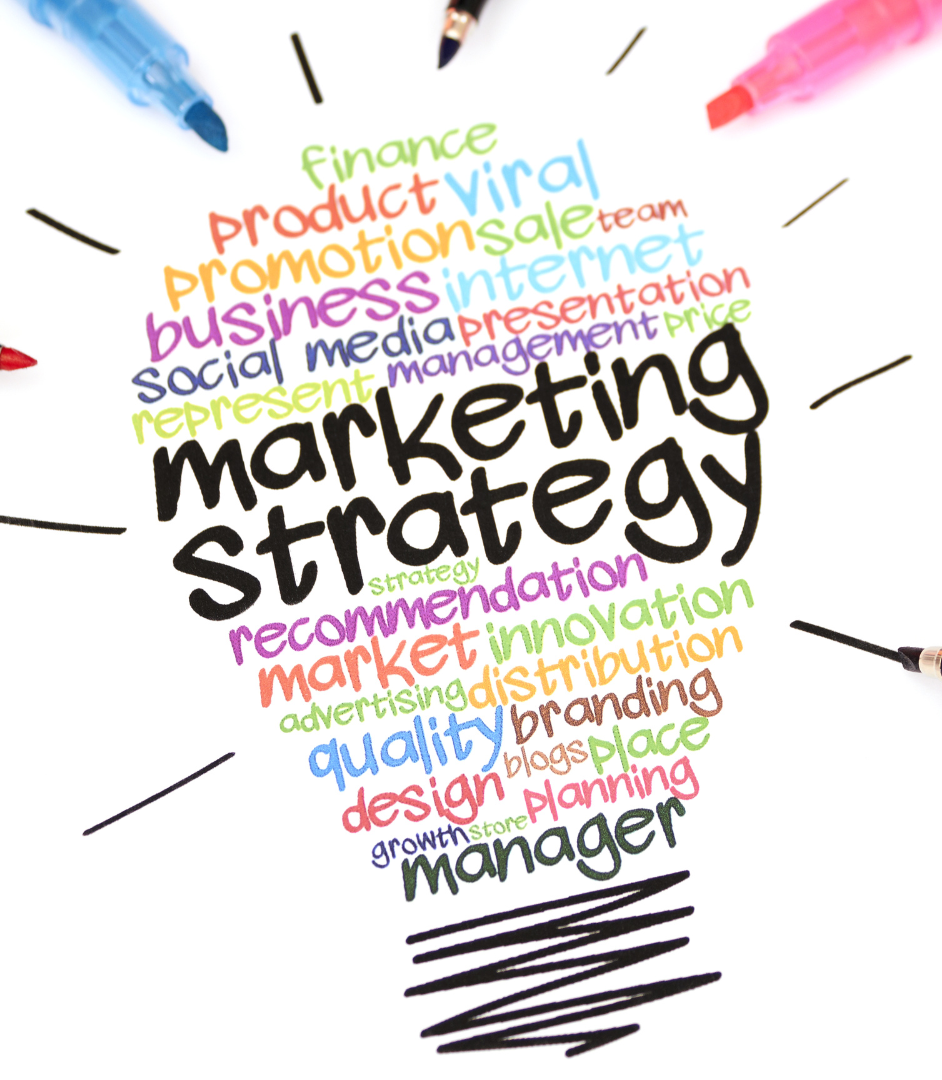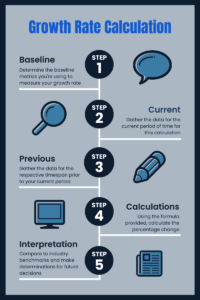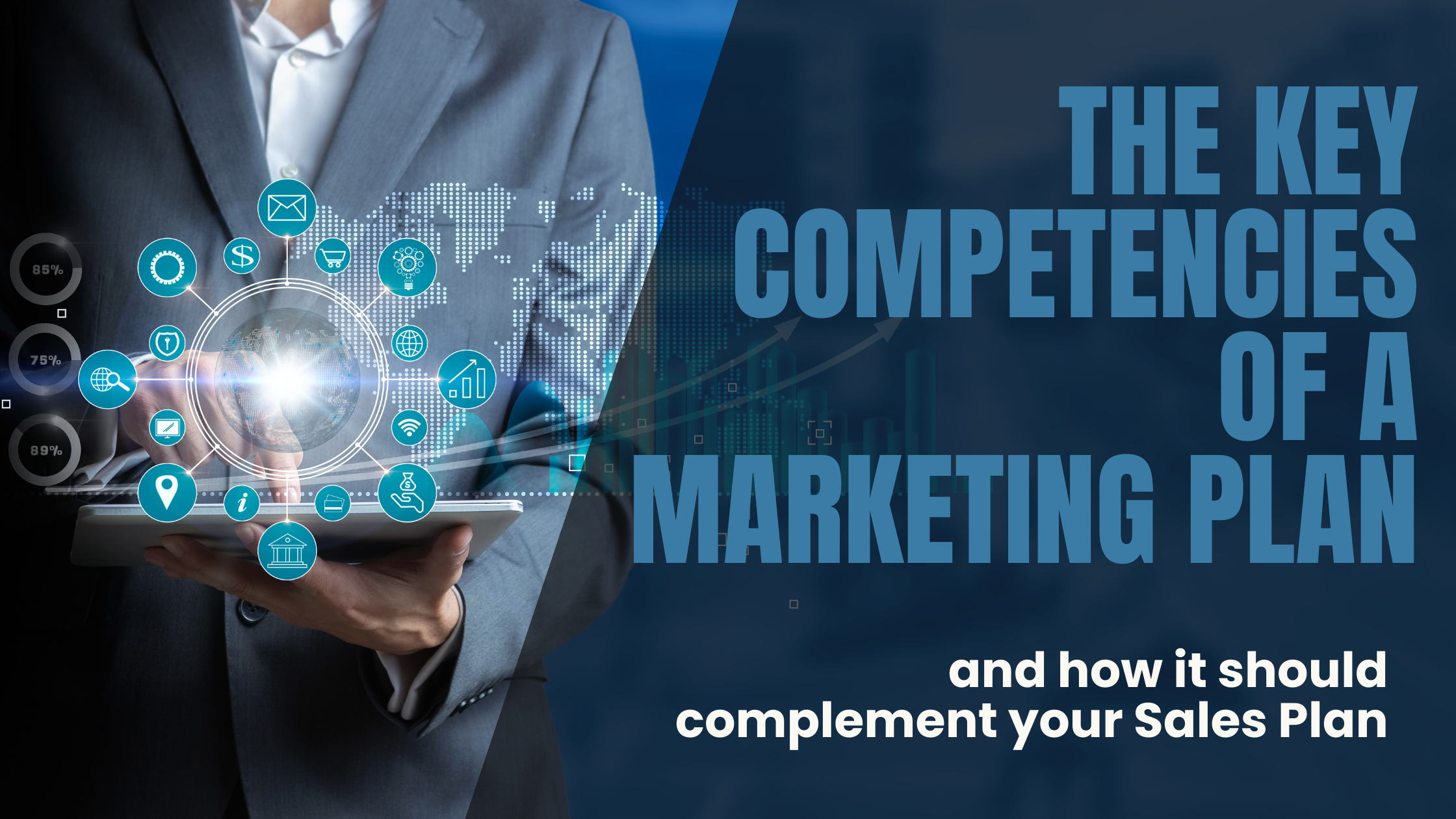
A marketing plan encompasses several key competencies that are crucial for its success. These competencies help guide the overall strategy, execution, and evaluation of marketing initiatives to drive business growth.
Here are the essential competencies found in a comprehensive marketing plan:
Market Research
Conducting thorough market research is essential to understand your target audience, market trends, competitors, and consumer behaviour. This involves gathering data, conducting surveys or interviews, analyzing industry reports, and staying updated on market dynamics.
This competency helps identify opportunities, define target segments, and develop effective marketing strategies.
Target Market Segmentation
Identifying and segmenting your target market allows you to tailor your marketing efforts to specific customer groups. This involves categorizing customers based on demographics, psychographics, behaviours, or other relevant criteria to create personalized marketing messages and strategies.
This competency helps to develop a clear positioning strategy that differentiates your product or service from your competitors that resonates with your target audience.
Marketing Objectives and Goals
Setting specific, measurable, achievable, relevant, and time-bound (SMART) marketing objectives is crucial.
This competency involves establishing clear goals that align with your overall business objectives, such as increasing brand awareness, driving sales, expanding market share, or improving customer retention.
These objectives should provide a framework for evaluating marketing performance.
Marketing Strategies and Tactics
Developing effective strategies and tactics is essential for achieving your marketing objectives.
This competency involves determining the best approaches to reach your target audience, such as through advertising, public relations, digital marketing, content marketing, social media, events, or partnerships.
Branding and Communication
Developing a strong brand identity that reflects the company’s values, personality, and value proposition is essential to establish a favourable brand image.
This competency involves defining your unique selling proposition (USP) and unique value proposition (UVP). Upon determining these, craft compelling messaging and communication strategies to engage and connect with your target audience across various channels.
Your USP describes the unique advantage your product or service offers over competitors. Your UVP explains why a customer should care about that difference and why they should buy from your business instead.
Digital Marketing and Online Presence
Leveraging digital channels and platforms to reach and engage with the target audience effectively is a critical component of a marketing plan.
This includes website optimization, search engine marketing (SEM), social media marketing, content marketing, email marketing, and other digital strategies.
Budgeting and Resource Allocation
Allocating resources and establishing a marketing budget is crucial to ensure your plan can be executed effectively.
This competency involves estimating costs associated with all planned marketing activities, prioritizing investments, and tracking expenses to maximize the return on investment (ROI).
Implementation and Execution
Successful marketing plans require proper execution. This competency involves effectively coordinating and implementing marketing campaigns, initiatives, and activities across various channels and touchpoints.
It includes managing timelines, coordinating teams, and ensuring consistency in messaging and branding.
Performance Measurement and Analytics
Monitoring and measuring the performance of your marketing efforts is essential to evaluate the success and impact of your strategies.
This competency involves tracking key performance indicators (KPIs), analyzing data, using marketing analytics tools, and making data-driven decisions to optimize your marketing activities.
Adaptability and Continuous Improvement
A marketing plan should be flexible and adaptable to changing market conditions and customer needs. This competency involves monitoring market trends, staying updated with industry developments, gathering customer feedback, and continuously refining your strategies.
These competencies may vary depending on the nature of the business, industry, and specific marketing objectives.
However, a well-rounded marketing plan combines these elements to create a cohesive and effective marketing strategy that helps achieve business growth and success.
Your Marketing Plan Should Complement Your Sales Plan
A marketing plan and a sales plan are two components of a business strategy that work together to drive revenue and achieve goals.
While the marketing plan focuses on creating awareness, generating leads, and nurturing customer interest, the sales plan focuses on converting leads into paying customers.
Here’s a closer look at how these plans complement each other:
Alignment of Goals and Messaging
A well-designed marketing plan and sales plan should be aligned and integrated to ensure a cohesive customer journey. Marketing efforts, such as advertising, content creation, and lead generation, should be designed to attract and qualify leads that are more likely to convert into sales.
The sales plan then takes over to engage and convert those qualified leads into customers through personalized selling strategies. The messaging and positioning developed in the marketing plan should seamlessly transition into the sales process, ensuring consistency and reinforcing the value proposition to potential customers.
Lead Generation and Qualification
The marketing plan plays a crucial role in generating leads for the sales team. Through various marketing activities such as advertising, content marketing, social media, and lead generation campaigns, marketing efforts can attract potential customers and nurture them through the sales funnel.
This includes providing valuable information, addressing pain points, and building relationships with prospects until they are ready to engage with the sales team.
The sales plan utilizes these marketing-generated leads and further qualifies them through direct sales interactions, understanding their specific needs, and offering tailored solutions.
Market Intelligence and Customer Insights
Marketing activities provide valuable market intelligence and customer insights that can inform the sales process. By analyzing data from marketing campaigns, customer interactions, and market research, companies can better understand their target audience’s preferences, behaviours, and pain points.
This information can be shared with the sales team to tailor their approach, identify opportunities, and provide a more personalized sales experience.
Sales Enablement
A well-designed marketing plan supports the sales team by providing them with the necessary tools, resources, and collateral. This includes creating sales presentations, product brochures, case studies, and other materials that align with the marketing messaging.
The marketing plan should also involve training and educating the sales team about the target market, buyer personas, and key selling points to enhance their effectiveness
Having a Scalable Sales Process Before Investing in Sales Acceleration
While marketing efforts can generate leads and create awareness, it is crucial to have a reliable and scalable sales process in place to effectively convert those leads into customers.
Here’s why this is important:
Efficiency and Optimization
Without a scalable sales process, companies risk inefficient operations, missed opportunities, and inconsistent results. Establishing a scalable sales process involves defining clear sales stages, documenting best practices, setting performance metrics, and implementing sales automation tools.
By establishing a well-defined and repeatable sales process, organizations can optimize their sales operations, improve conversion rates, and ensure that they can handle increased sales volume effectively.
Resource Allocation
Investing in sales acceleration without a scalable sales process can lead to inefficiencies and wasted resources. If your sales process is not well-defined or lacks scalability, scaling up the sales team or increasing marketing efforts may result in leads falling through the cracks. This could result in inconsistent customer experiences or overwhelmed sales representatives.
A scalable sales process allows you to allocate resources effectively and make informed decisions about scaling up or investing in sales acceleration initiatives.
Enhanced Customer Experience
A scalable sales process ensures consistency and quality in customer interactions. It enables the sales team to provide a seamless and personalized experience, deliver value, and address customer needs effectively.
This, in turn, enhances customer satisfaction, increases repeat business, and generates positive referrals.
Performance Evaluation
Accelerating sales efforts without a scalable sales process can lead to challenges in managing increased workload, maintaining quality, and ensuring a consistent customer experience.
A scalable sales process provides a framework for tracking and evaluating sales performance accurately. It allows you to measure key sales metrics, identify areas for improvement, and make data-driven decisions.
By establishing a scalable sales process early on, companies can confidently scale their sales efforts, onboard new sales representatives smoothly, and handle increased demand without compromising quality.
A marketing plan and a sales plan should work in harmony to drive revenue growth. However, it is wise for companies to ensure they have a scalable sales process in place before significantly increasing sales spending.
This foundation enables efficient resource allocation, optimization of sales operations, and accurate performance evaluation, ultimately setting the stage for successful sales acceleration initiatives.
Rizolve Partners understands what needs to be done to achieve sustainable, high-quality growth.
To learn more, check out our process expertise tips sheets here.










